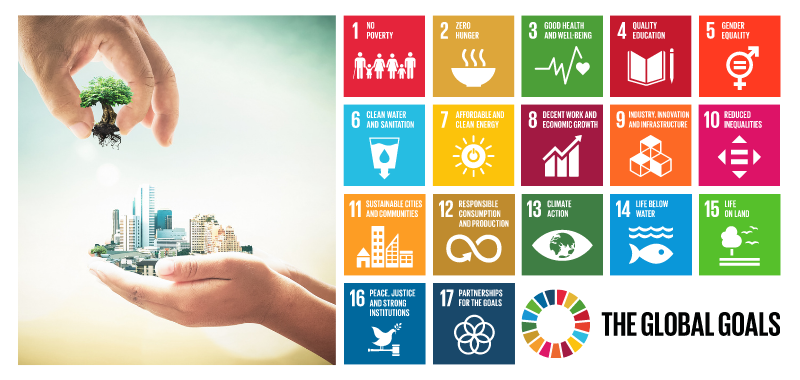


A Strategic Architecture of Sustainable System Development Education for Industry, Innovation, and Global Value Creation with SDGs
Author: Min-Ren Yan
Provenance: UNDP, APO, IFKAD, SOItmC 國際會議專題演講摘要
Published in 2019
Abstract
UNESCO has been promoting Education for Sustainable Development (ESD) since 1992. It led the UN Decade for ESD from 2005 to 2014 and is now spearheading its follow-up, the Global Action Programme (GAP) on ESD. The momentum for ESD has never been stronger. Global issues – such as climate change – urgently require a shift in our lifestyles and a transformation of the way we think and act. To achieve this change, we need new skills, values and attitudes that lead to more sustainable societies. Education systems must respond to this pressing need by defining relevant learning objectives and learning contents, introducing pedagogies that empower learners, and urging their institutions to include sustainability principles in their management structures.
Embarking on the path of sustainable development will require a profound transformation of how we think and act. To create a more sustainable world and to engage with sustainability-related issues as described in the SDGs, individuals must become sustainability change-makers. They require the knowledge, skills, values and attitudes that empower them to contribute to sustainable development.
Education, therefore, is crucial for the achievement of sustainable development. However, not all kinds of education support sustainable development. Education that promotes economic growth alone may well also lead to an increase in unsustainable consumption patterns. The now well-established approach of Education for Sustainable Development (ESD) empowers learners to take informed decisions and responsible actions for environmental integrity, economic viability and a just society for present and future generations.
ESD aims at developing competencies that empower individuals to reflect on their own actions, taking into account their current and future social, cultural, economic and environmental impacts, from a local and a global perspective. Individuals should also be empowered to act in complex situations in a sustainable manner, which may require them to strike out in new directions; and to participate in socio-political processes, moving their societies towards sustainable development.
As societies around the world struggle to keep pace with the progress of technology and globalization, they encounter many new challenges. These include increasing complexity and uncertainty; more individualization and social diversity; expanding economic and cultural uniformity; degradation of the ecosystem services upon which they depend; and greater vulnerability and exposure to natural and technological hazards. A rapidly proliferating amount of information is available to them. All these conditions require creative and self-organized action because the complexity of the situation surpasses basic problem-solving processes that go strictly according to plan. People must learn to understand the complex world in which they live. They need to be able to collaborate, speak up and act for positive change (UNESCO, 2015). We can call these people “sustainability citizens” (Wals, 2015; Wals and Lenglet, 2016).
This paper proposes a strategic architecture of sustainable system development (SSD) education for improving knowledge capital, human capital, industrial innovation, capital formation, and global value with sustainable development goals (SDGs). SSD education aims to human capitals with the abilities to recognize and understand relationships; to analyse complex systems; to think of how systems are embedded within different domains and different scales; and to deal with uncertainty. In addition, the ability to collectively develop and implement innovative actions are also enhanced with the implementation of SSD. To the industry and innovation capability, it requires ability to apply different problem-solving frameworks to complex sustainability problems and develop viable, inclusive and equitable solution options that promote sustainable development, integrating the above-mentioned competences.
With the strategic architecture of SSD education and practice, diverse case studies for entrepreneurial innovation system development, social innovation system development, and green innovation system development were presented to demonstrate the reinforcing feedback system and sustainable system development for knowledge capital, human capital, localized capital formation, and global values.
Keywords
Sustainability, Open innovation, Strategy, Innovation, Knowledge, Ecosystem, Systems thinking, Policy.
Website
N/A